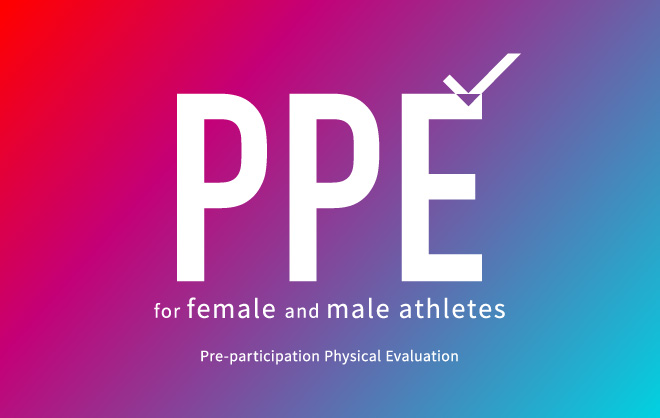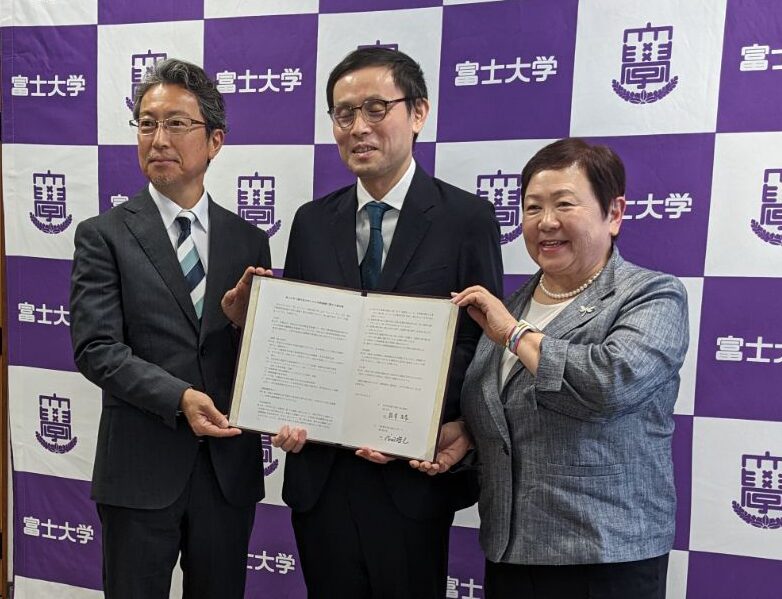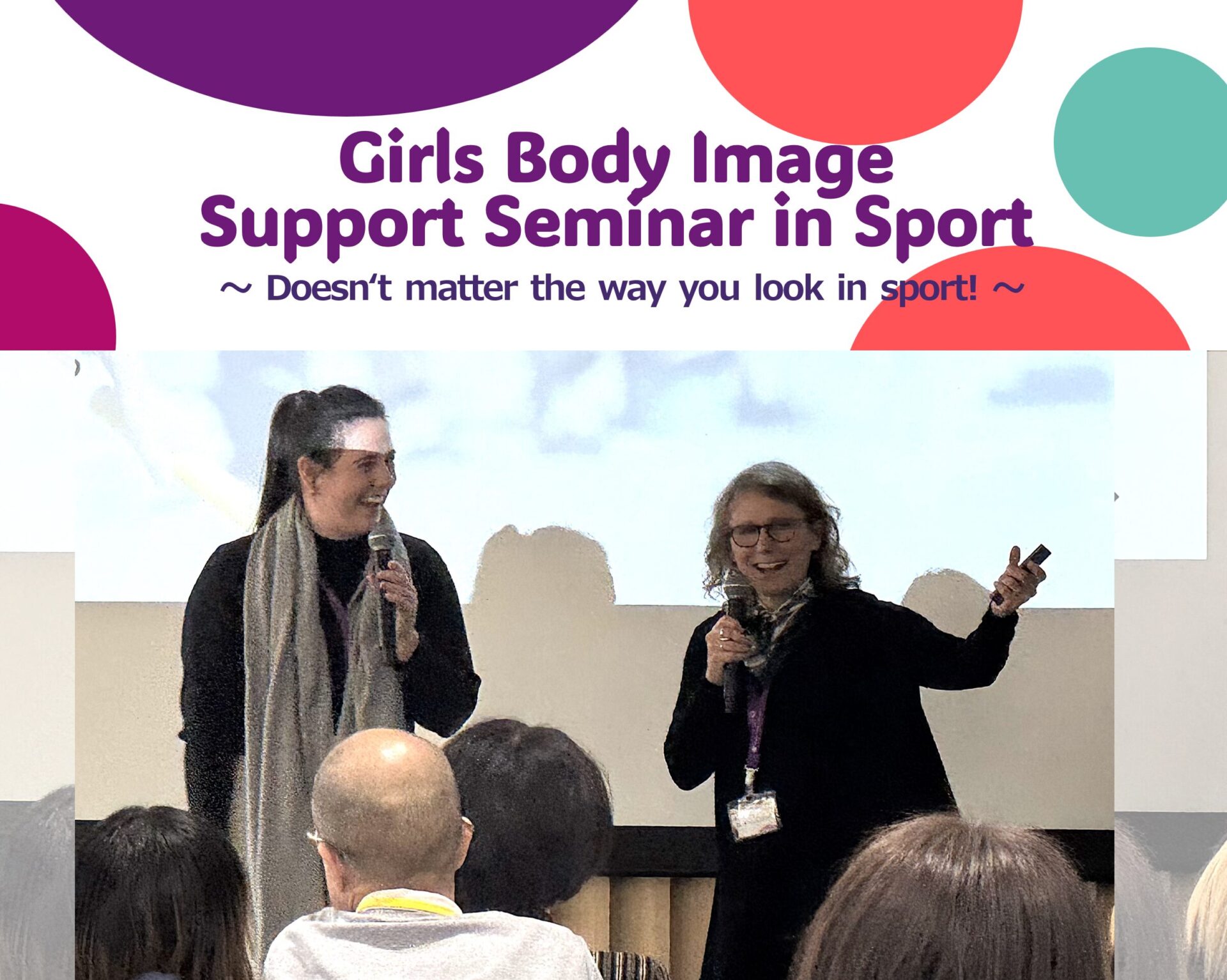
Evolution of Women’s Sport
Women’s sport history started back in the 19th century. By the end of the 19th century, horseback riding, archery, golf, tennis, skiing and skating were being enjoyed among women in the upper social class.
The first time for female athletes to participate in the modern Olympic Games was the second Olympic Games in 1900. Only free male Greek citizens were allowed to participate in the 1st modern Olympic Games as well as the ancient Olympic Games.
According to the IOC (International Olympic Committee), only 12 female athletes participated in the second Olympic Games out of the 1066 athletes from 19 countries. They competed in only two events which were golf and tennis. In the 3rd St. Louis Olympics, archery was the only women’s event. In the 4th London Olympics, archery, figure skating, and tennis became women’s events, and diving, swimming and tennis in the 5th Stockholm Olympics. The decision of whether women can participate in the event or not was up to men who operated the Olympic Games. The events that men considered being a “feminine sport” were recognized as women’s sport events.

Women’s Sport in Japan
In Japan, students of higher girls’ school started to play tennis and swimming in the 1920’s. Around 1924, competitions among girl’s schools and regional conferences started, and track and field, swimming, baseball, tennis, volleyball and basketball were eventually included at the national level of competitions. In 1926, “Japan Women’s Sport Federation” was established as an organization to send female athletes to the international competitions.
As for school education, boys and girls used to attend separate physical education classes. This trend was changed by the Revisions of the Courses of Study issued by the government in 1989 which enabled students to participate in the same physical education class.
Women’s Sport in the International Conferences
There are rising interests in women’s sport in the world, particularly in Canada, Australia, and the United States, and this movement can be seen in the international conferences on women and sport. At the first World Conference on Women and Sport held in Brighton, UK in 1994, the International Working Group on Women and Sport (IWG) was established. IWG is an independent body of key governmental and non-governmental organizations which aims to empower women and improve their roles in sport. IWG hosts an international conference on women and sport every 4 years.
Also, the International Olympic Committee (IOC), founded by Pierre, Baron de Coubertin in 1894 , organizes an international conference on women and sport every 4 years in the same year of the summer Olympic Games.
A variety of delegates from governmental and other major women’s sport organizations in different countries attend the international conferences. They discuss the current situations and issues facing women in sport, and announce a declaration and a strategic plan to improve the environments surrounding female athletes all over the world.
World Conference on Women and SportWomen’s Sport Today
The Basic Act on Sport stated, “Sport is a universally shared human culture”. Sport refreshes our body and mind and helps maintain a healthy lifestyle. Sport enhances self-efficacy and can be used as an effective communication method.
Recently, we have come across many outstanding performances by female players in soccer and baseball, which used to be considered a sport for only men.
A total of 204 countries and regions, the largest number in Olympic history, participated in the Beijing Olympic Games. Among the 25 medals that Japan won, 12 were won by female athletes.
It seems that the gap between men and women in sport is getting much smaller when we look at women’s sport history. However, there are still definite issues that must be solved concerning women’s sport. For example, female athletes who must raise their family and children often face challenges of balancing athletic career and personal life. There is still a low ratio of female coaches and executives in sports organizations. In short, the number of female coaches who have the potential to become leaders has not increased yet.
Considering these issues in women’s sport, Japanese Center for Research on Women in Sport encourages research to ensure that female athletes can focus on their athletic performance in a better environment.










